The Dyae El Haq Lagourch Upper School Science Laboratories Rendering (September 2021)
Educational science kits are of great value because they are designed to supplement classroom teaching. These kits contain manuals, references, laboratory equipment to provide holistic leaning to students. They are available at all the leading bookstores and shops. You can even easily shop for these kits on the Internet. Educational science kits help students to have a better understanding of the subject matter because they provide experimental learning. These kits keep the students engaged and concentrated in studies. It has been found that a child can learn faster by experimenting things. By using these kits, they can learn different topics of science nicely and can have lots of fun at the same time. These kits are created to complement different science topics of science text books, and learning becomes easy and interesting with them.
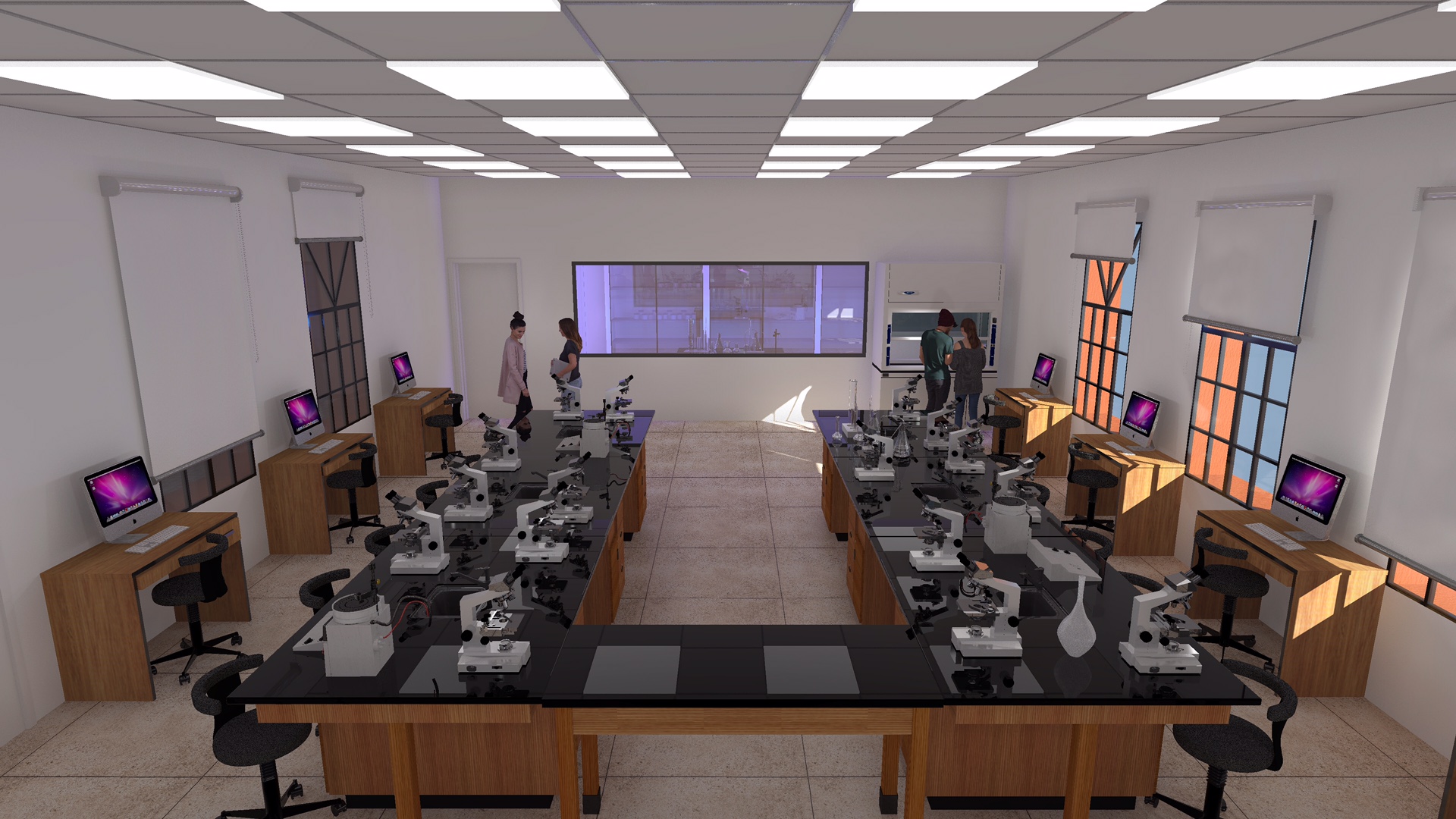
I am text block. Click edit button to change this text. Lorem ipsum dolor sit amet, consectetur adipiscing elit. Ut elit tellus, luctus nec ullamcorper mattis, pulvinar dapibus leo.
I am text block. Click edit button to change this text. Lorem ipsum dolor sit amet, consectetur adipiscing elit. Ut elit tellus, luctus nec ullamcorper mattis, pulvinar dapibus leo.

We are excited to announce the Dyae El Haq Lagourch Science Lab Renovation project. This project aims to transform the existing outdated science lab and classroom into two state of the art next generation science labs capable of supporting the demands of higher level secondary science courses. Each lab is designed to be multifunctional and will be outfitted with interactive flat-screen SMART boards with touch-screen technology, data and technology ports, high speed wifi connections, a gigabit network, chromebooks, collaborative lab-grade workstations, a fume hood, safety equipment, lab-grade flooring, energy-efficient lighting as well as brand new lab equipment and digital data-collection sensors. Pictured below are the tentative renderings of the envisioned layout of the labs and preparatory room. We look forward to completion of the project during the summer of 2021 in order for it to be ready for use by our upper school in September 2021.
Learning science is no more a difficult work with the advent of educational science kits. There are many principles and theories in science that can be well understood only with the help of demonstrations. For instances, theories related to production of lightning and thunder, eruption of volcanoes and results of different chemical reactions can be well understood with the help of educational science kits. You can easily learn the working of different electronic gadgets like computers, mobile phones, washing machines and refrigerators with the help of these kits. So, it is well understood that these kits are of utmost importance for a child’s learning experience.
If you intend to buy educational science kits online, the first important consideration is to check the authenticity of the supplier. You need to make sure that the supplier is genuine and reliable and is well known for supplying these kits. You must go through the website of the supplier to gather more information about the products and services. You need to ensure that they deal in kits that are of good quality and promise to deliver accurate results. You must read the reviews of their past clients to make sure that the company deals in genuine products. You must read shipping guidelines carefully to understand shipping charges, delivery time, risk of loss and terms and conditions for claims and replacement of missing items.
ASM Cafeteria Rendering (September 2021)
Strategies to reduce childhood obesity and improve nutrition include creating school food environments that promote healthy eating. Despite well-documented health benefits of fruit and vegetable (FV) consumption, many U.S. school-aged children, especially low-income youth, fail to meet national dietary guidelines for FV intake. The Cafeteria Assessment for Elementary Schools (CAFES) was developed to quantify physical attributes of elementary school cafeteria environments associated with students’ selection and consumption of FV. CAFES procedures require observation of the cafeteria environment where preparation, serving, and eating occur; staff interviews; photography; and scoring.
CAFES development included three phases. First, assessment items were identified via a literature review, expert panel review, and pilot testing. Second, reliability testing included calculating inter-item correlations, internal consistency (Kuder-Richardson-21 coefficients), and inter-rater reliability (percent agreement) based on data collected from 50 elementary schools in low-income communities and 3187 National School Lunch Program participants in four U.S. states. At least 43% of each participating school’s students qualified for free- or reduced-price meals. Third, FV servings and consumption data, obtained from lunch tray photography, and multi-level modeling were used to assess the predictive validity of CAFES.
CAFES’ 198 items (grouped into 108 questions) capture four environmental scales: room (50 points), table/display (133 points), plate (4 points), and food (11 points). Internal consistency (KR-21) was 0.88 (overall), 0.80 (room), 0.72 (table), 0.83 (plate), and 0.58 (food). Room subscales include ambient environment, appearance, windows, layout/visibility, healthy signage, and kitchen/serving area. Table subscales include furniture, availability, display layout/presentation, serving method, and variety. Inter-rater reliability (percent agreement) of the final CAFES tool was 90%. Predictive validity analyses indicated that the total CAFES and four measurement scale scores were significantly associated with percentage consumed of FV served (p < .05).

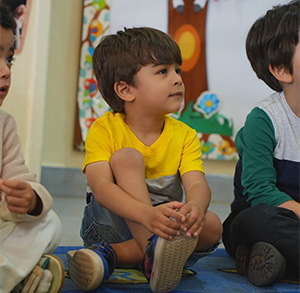
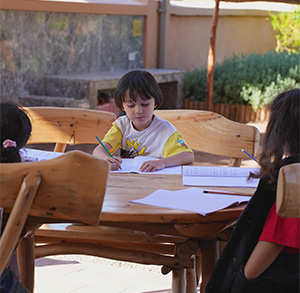

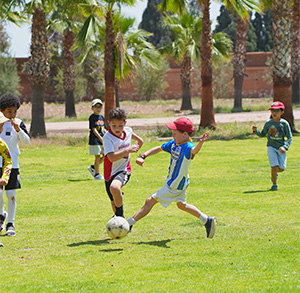
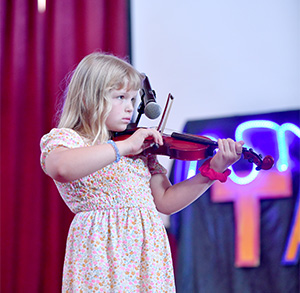
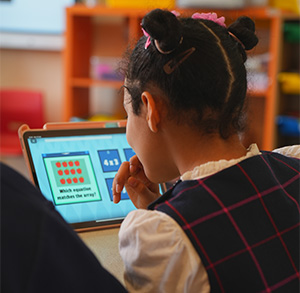
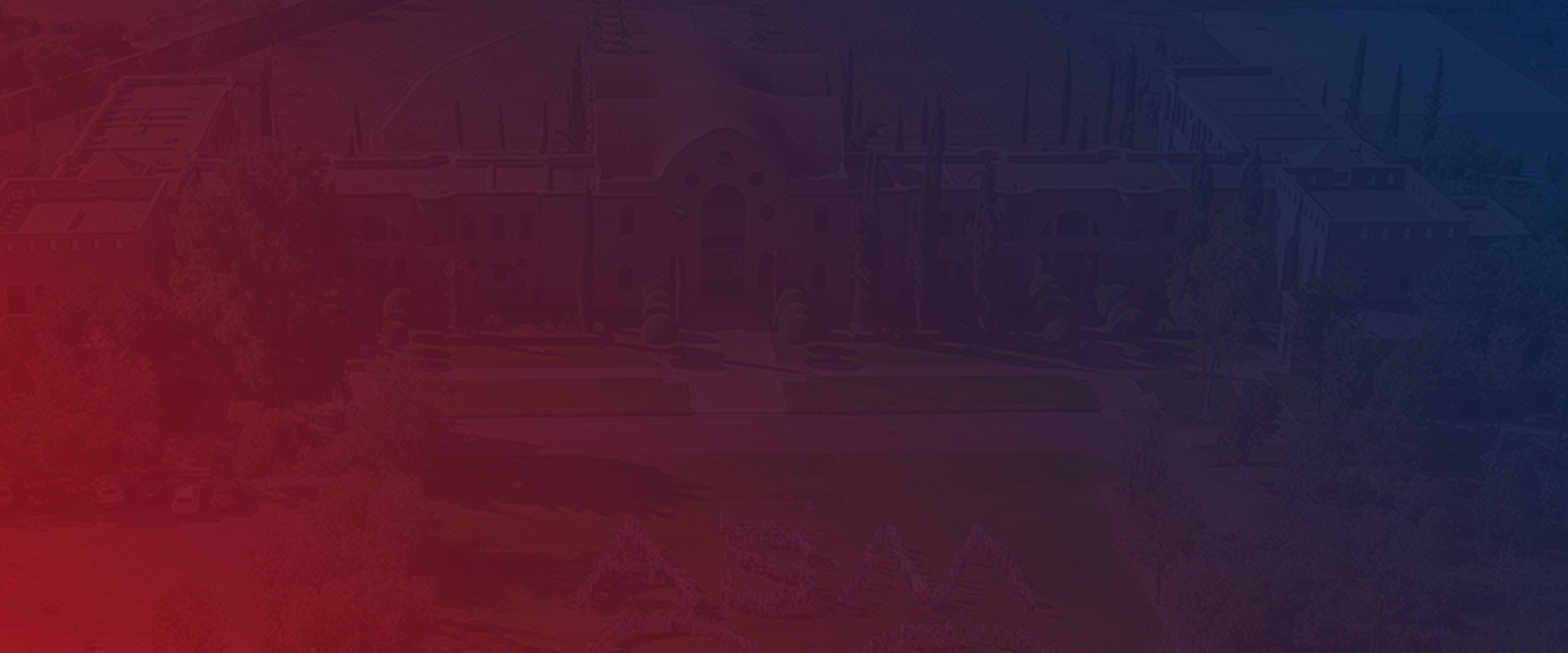
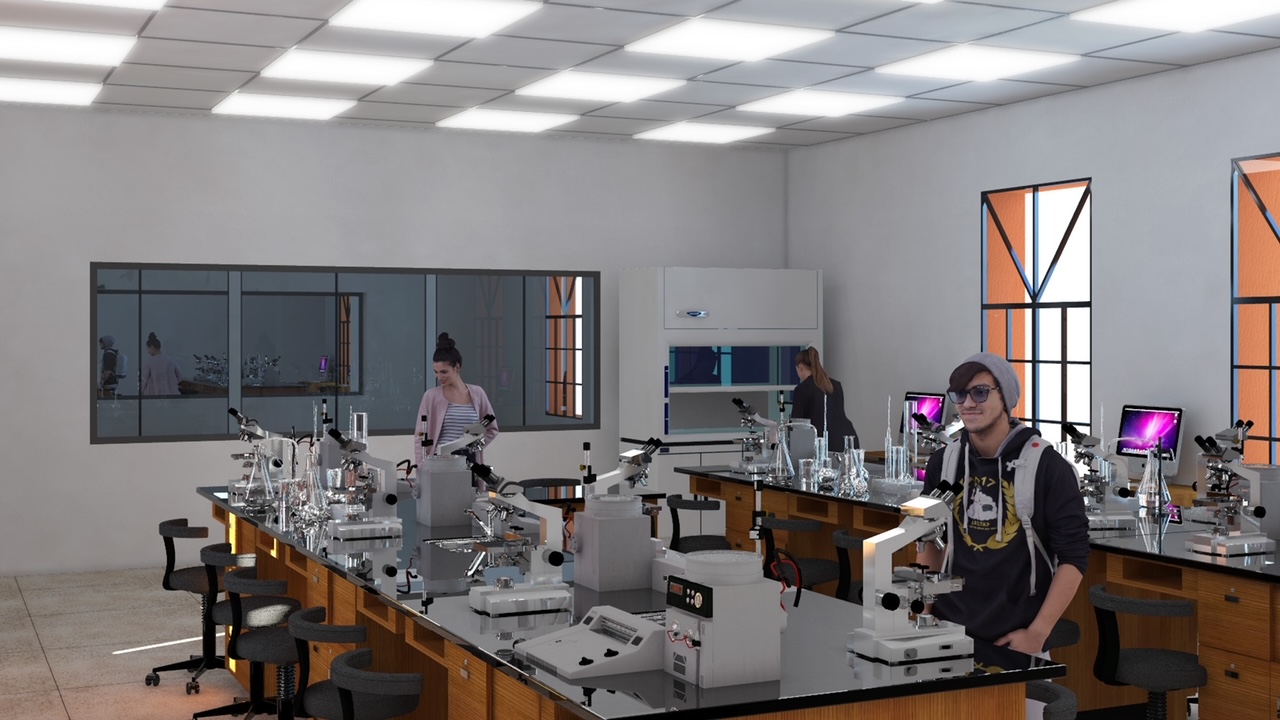
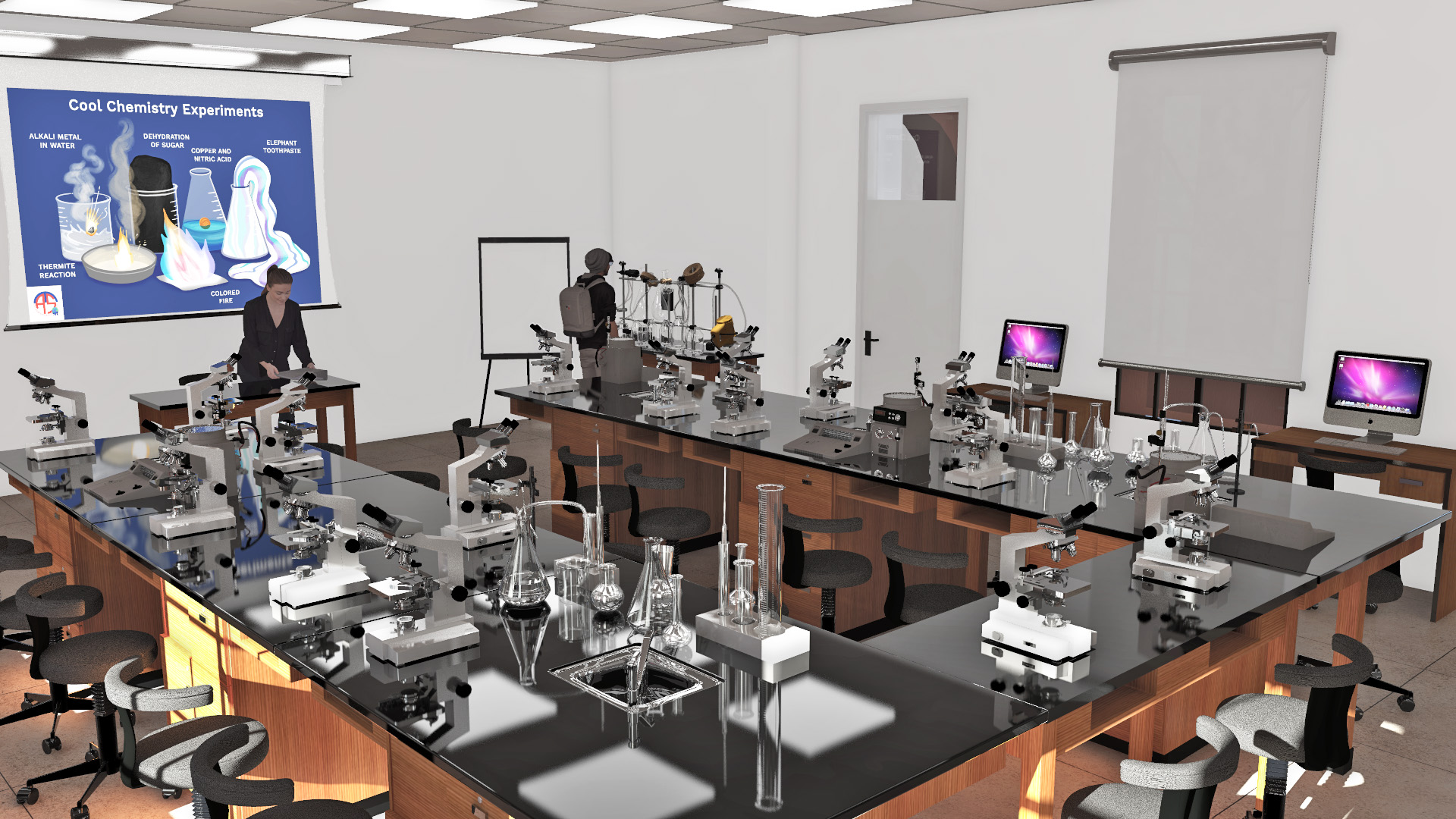
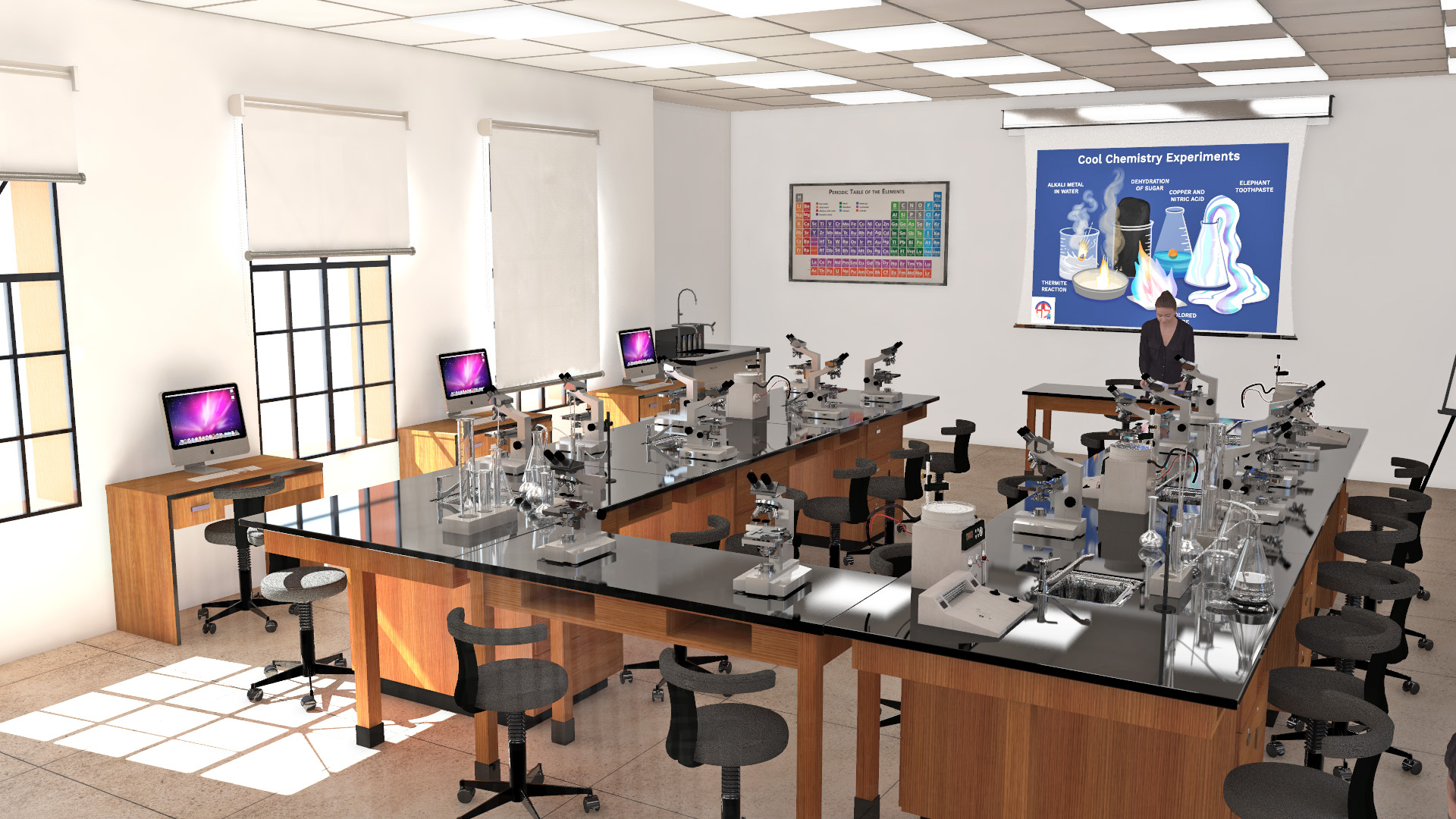
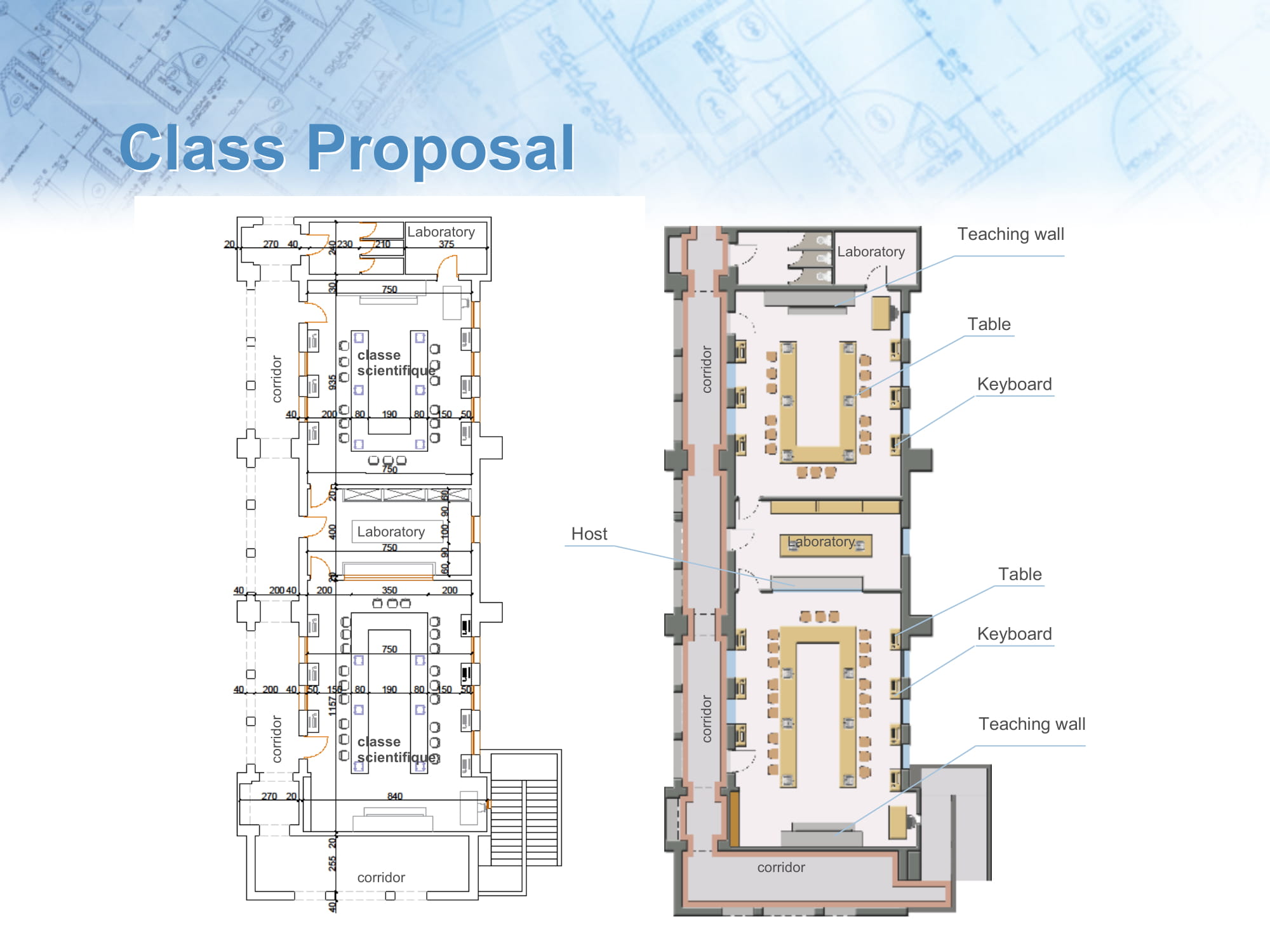
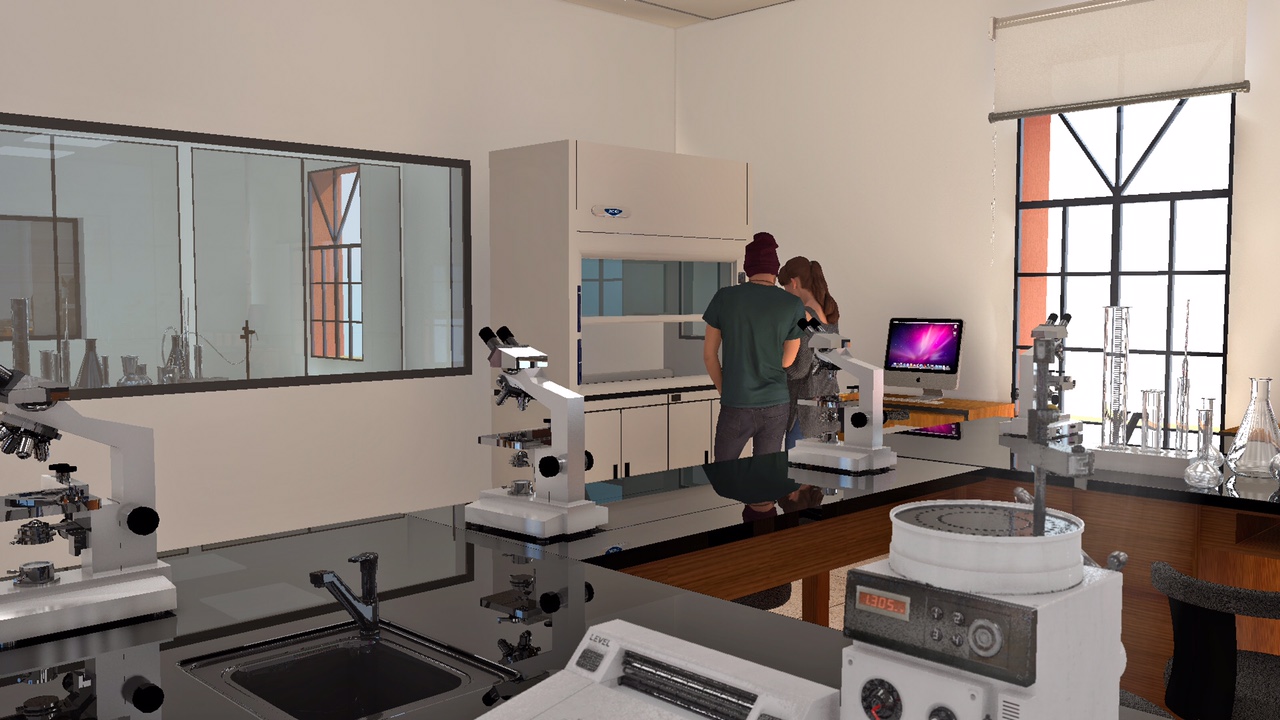
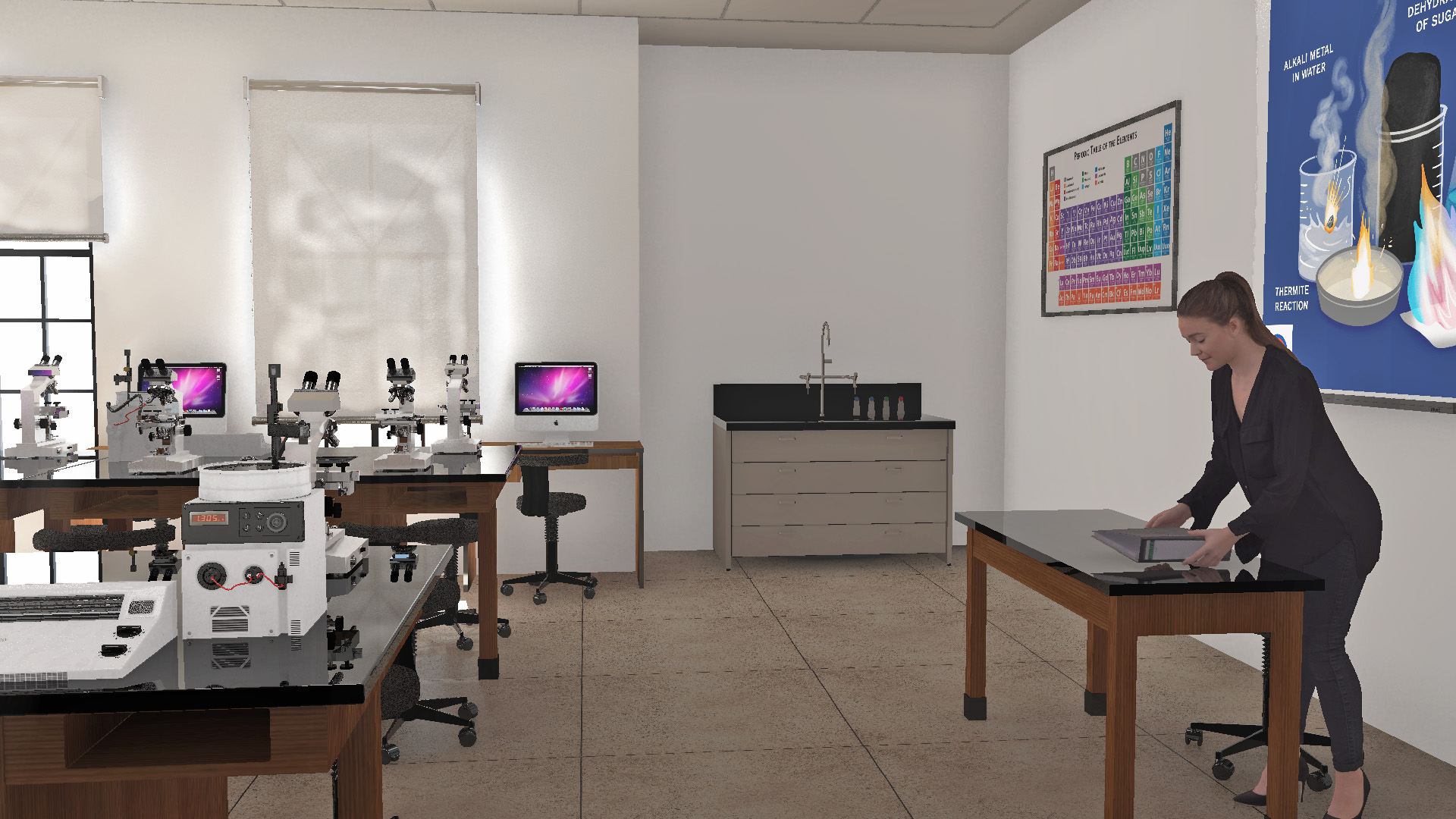
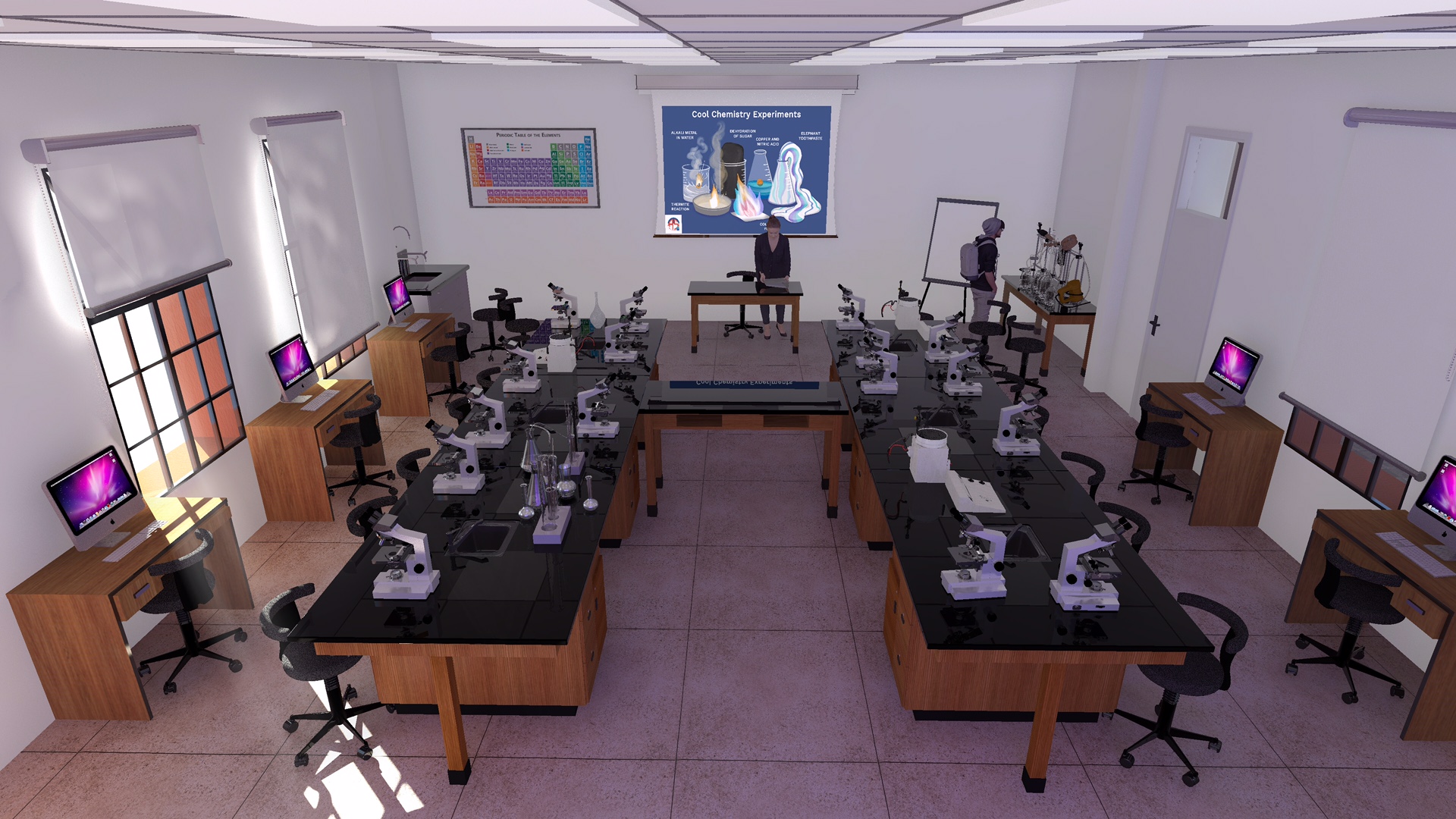
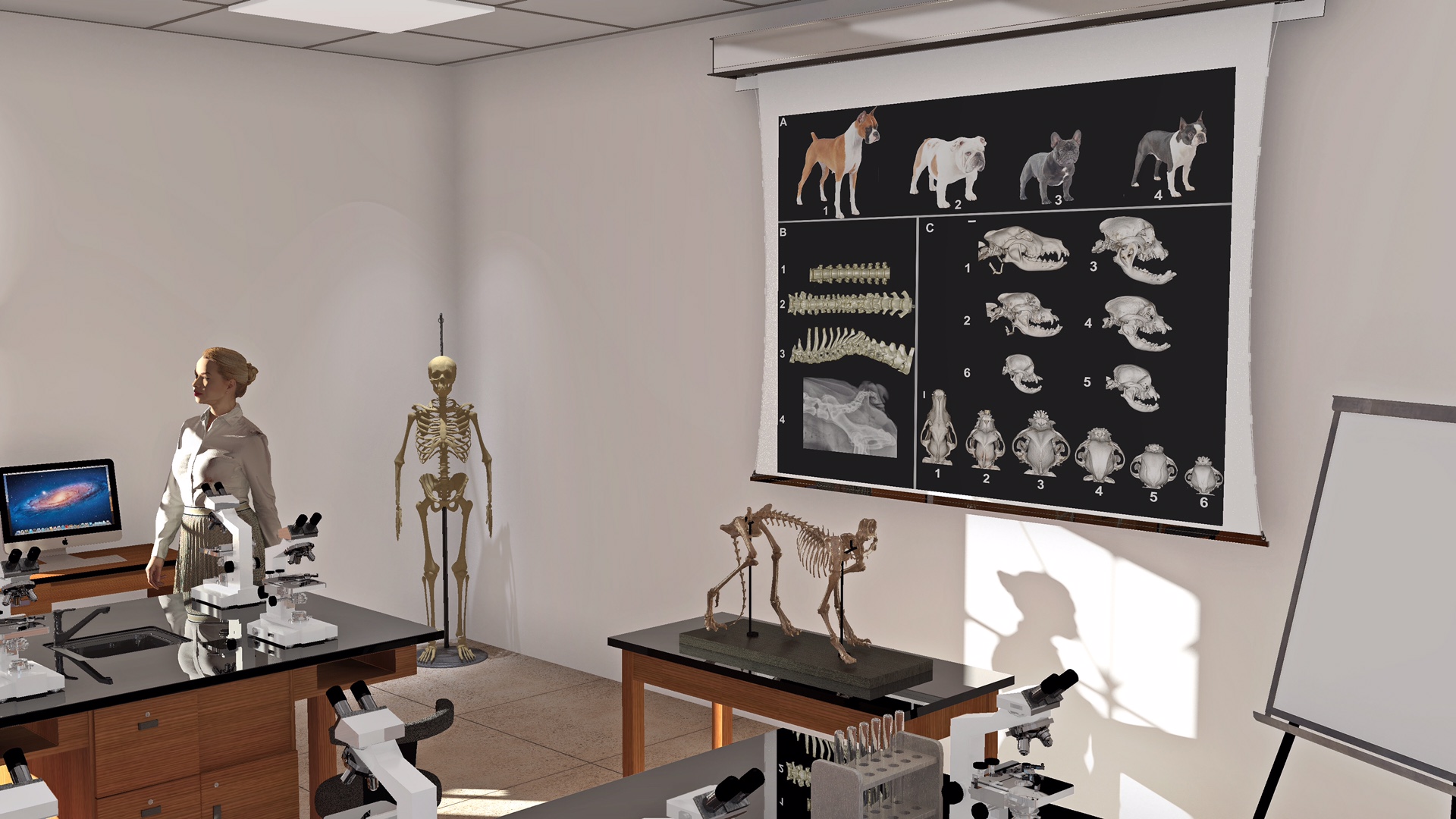
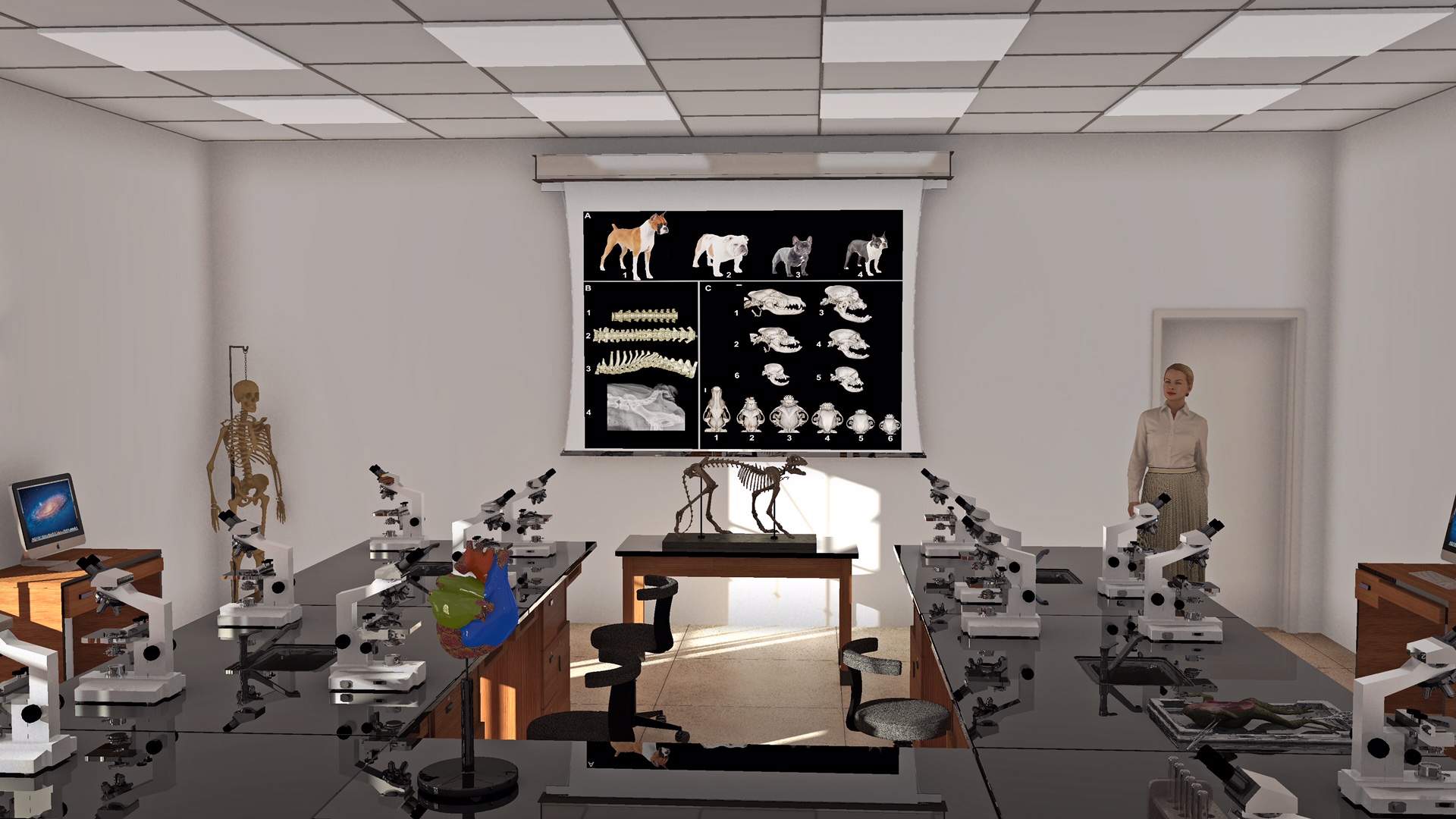
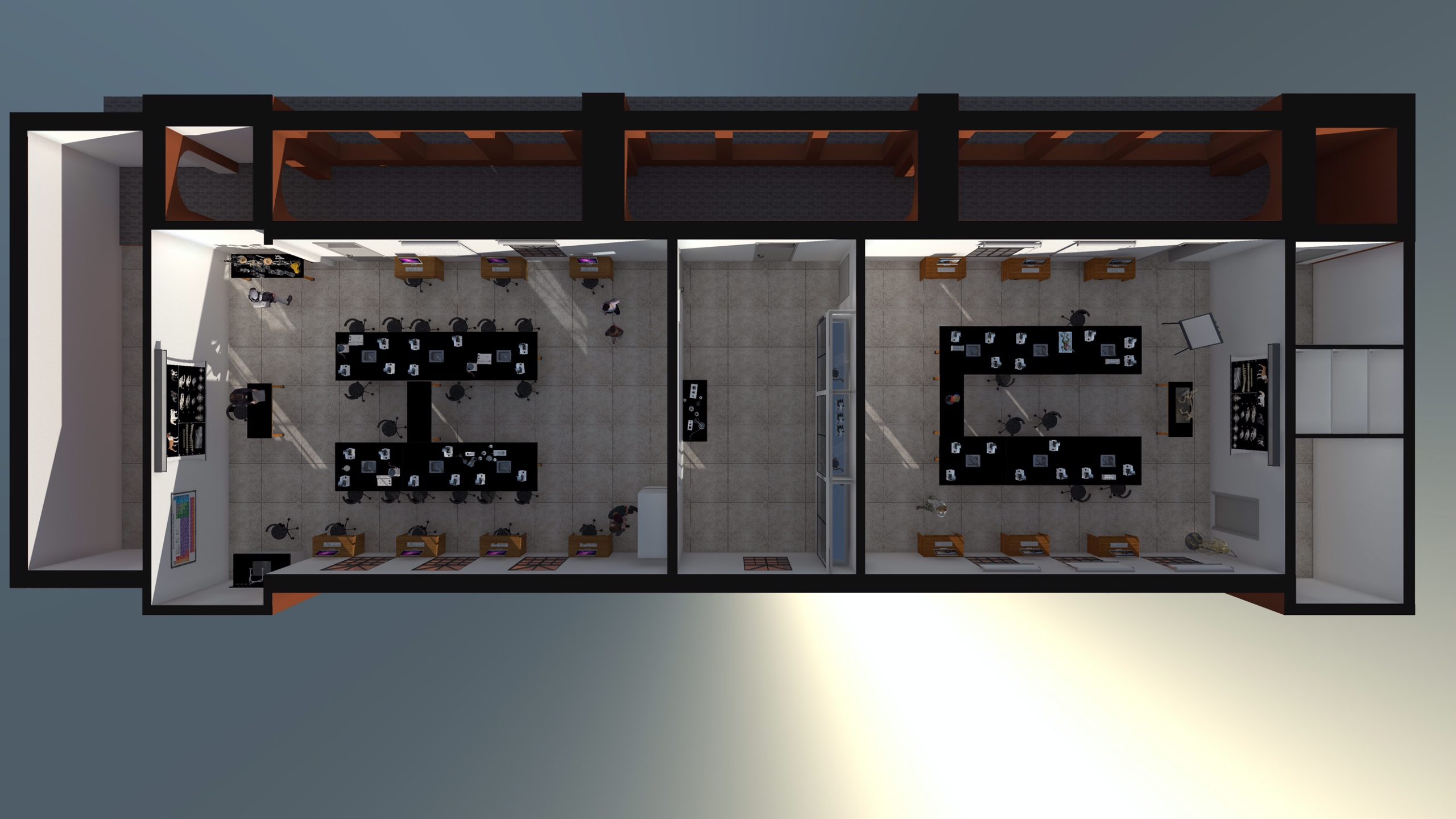


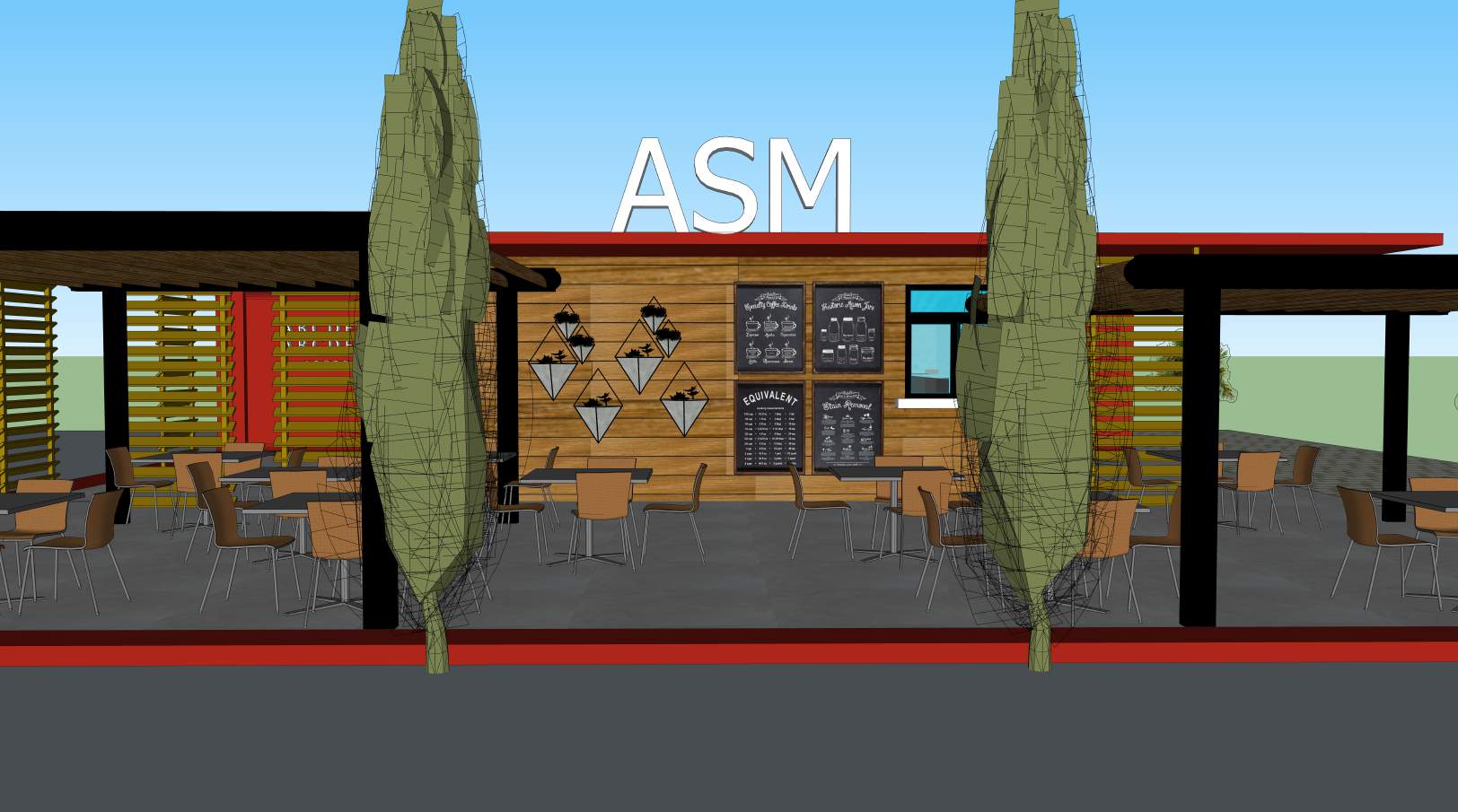

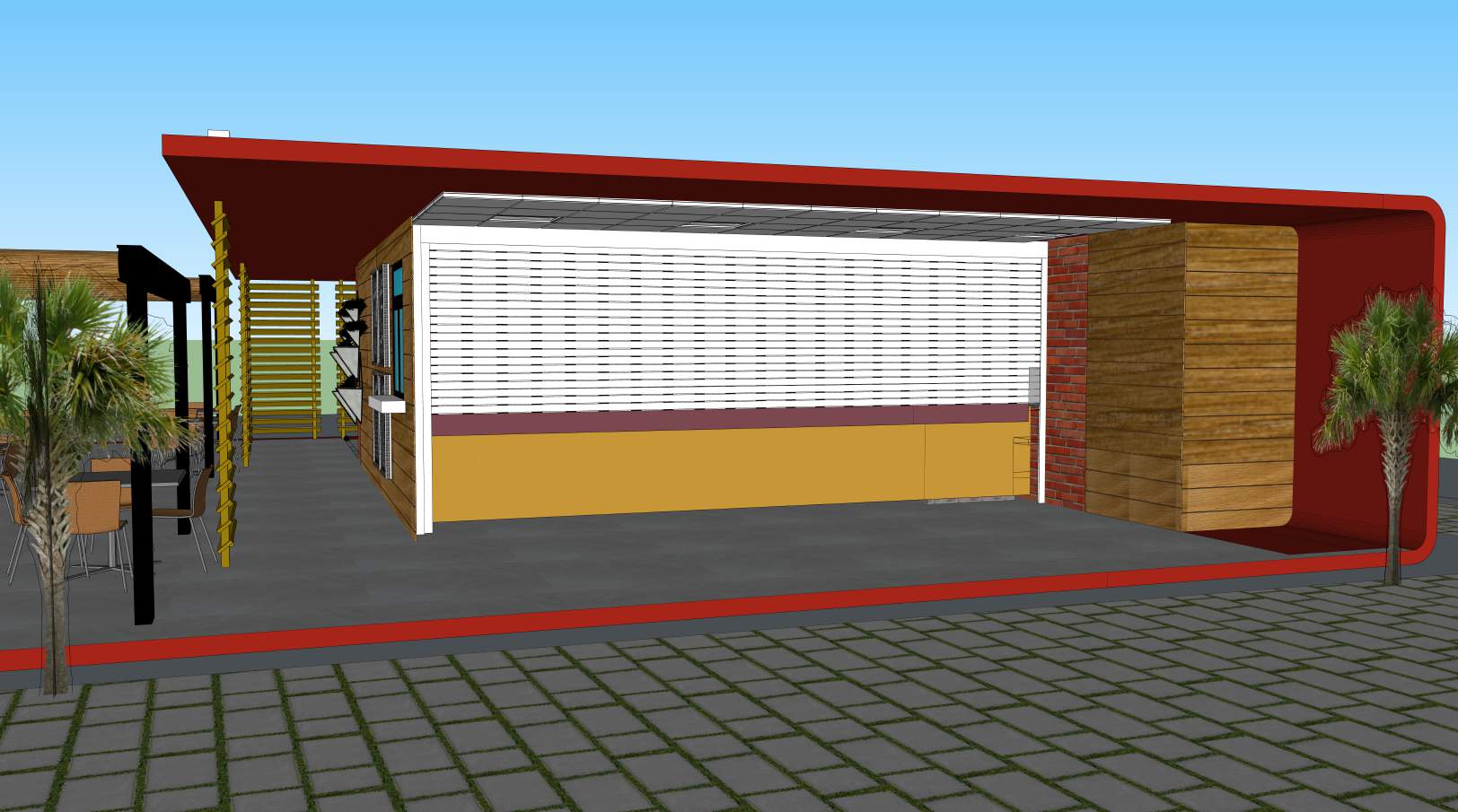
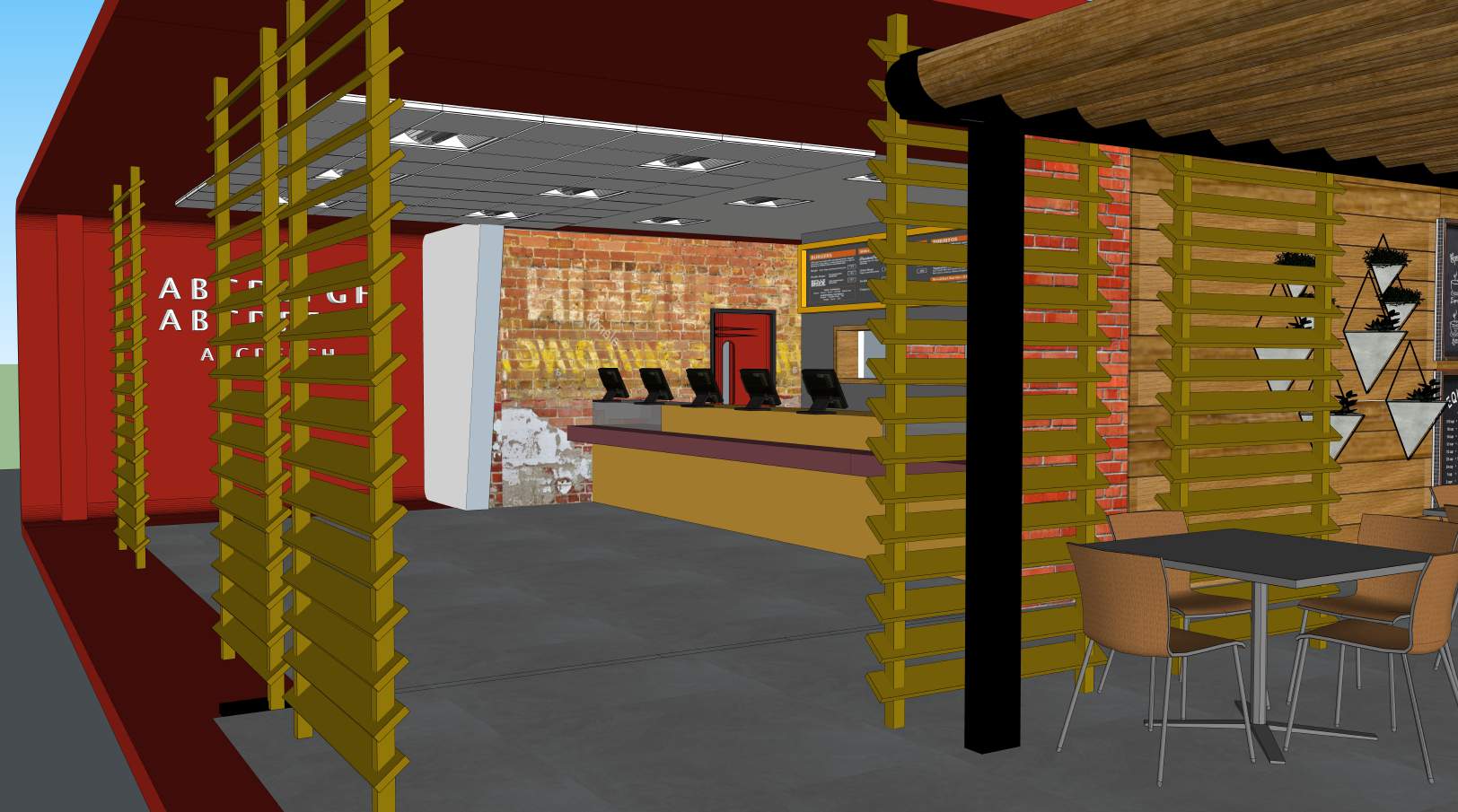

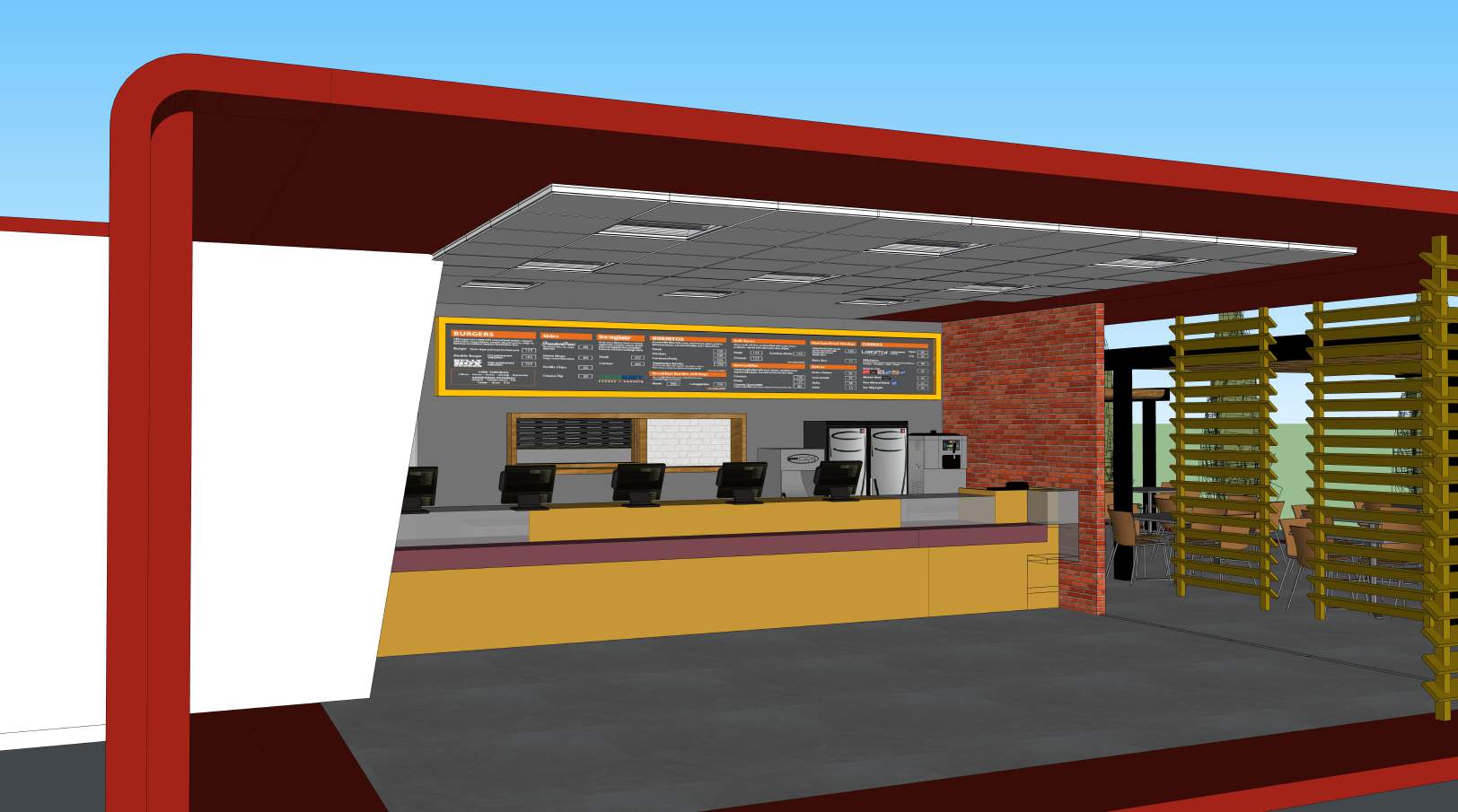
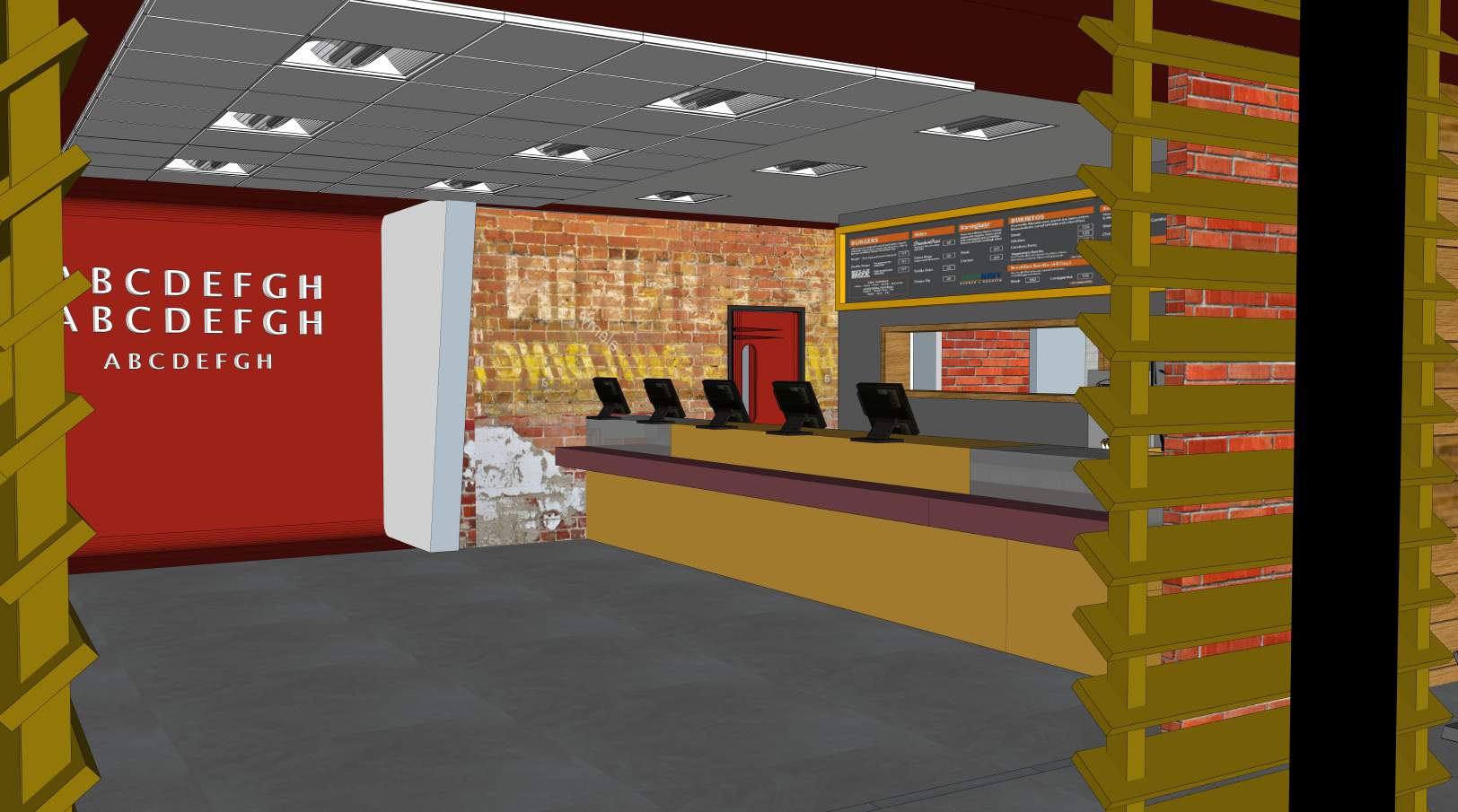
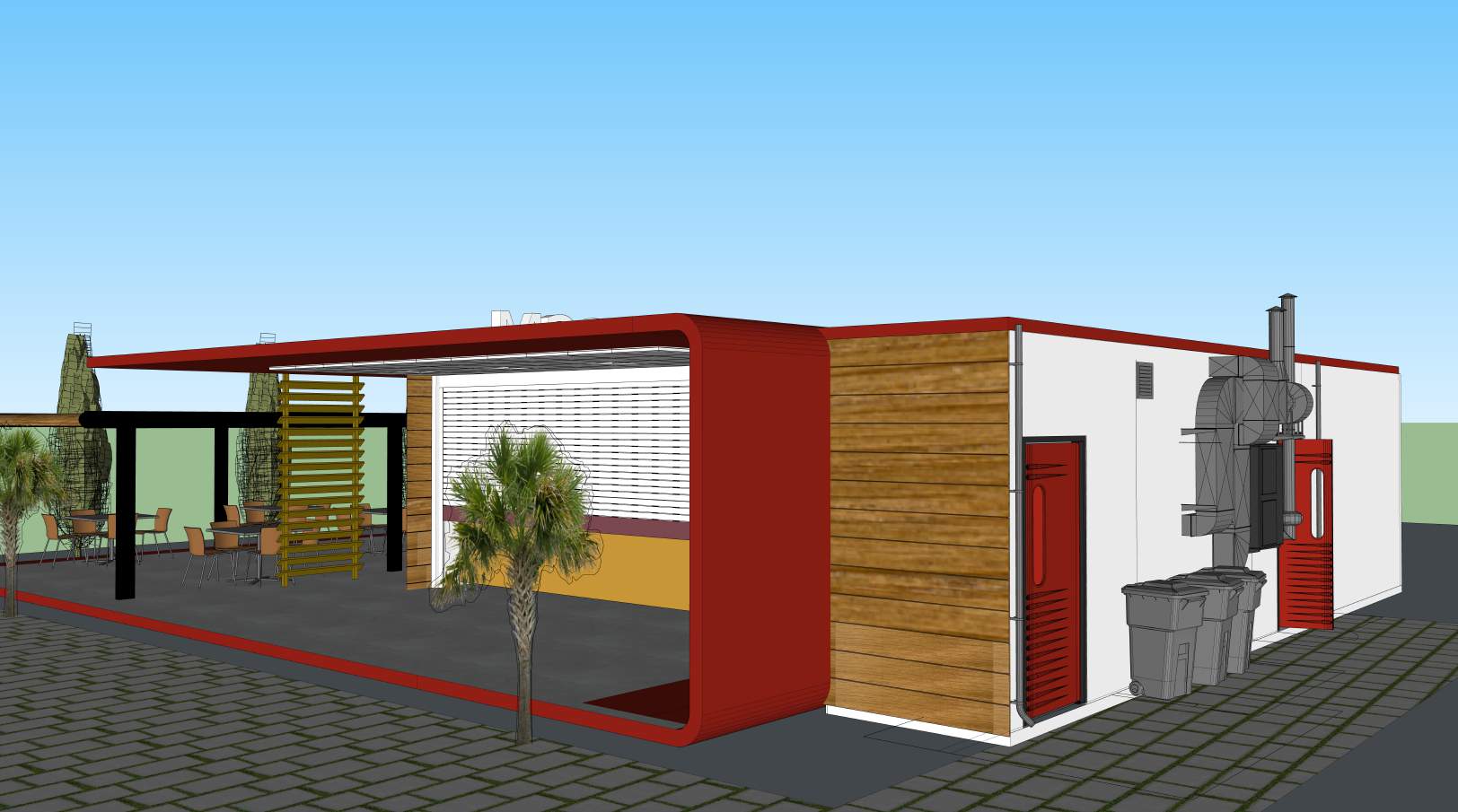

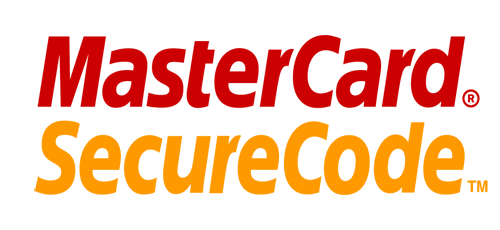
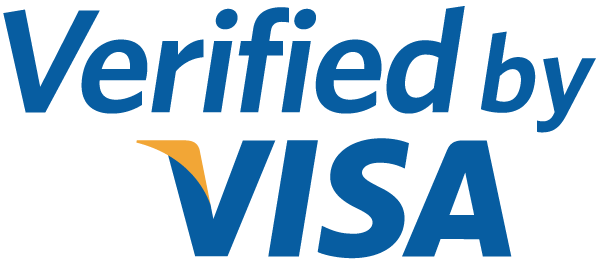 Copyright © 2024, ASM - The American School of Marrakesh. All Rights Reserved.
Developed By
Copyright © 2024, ASM - The American School of Marrakesh. All Rights Reserved.
Developed By